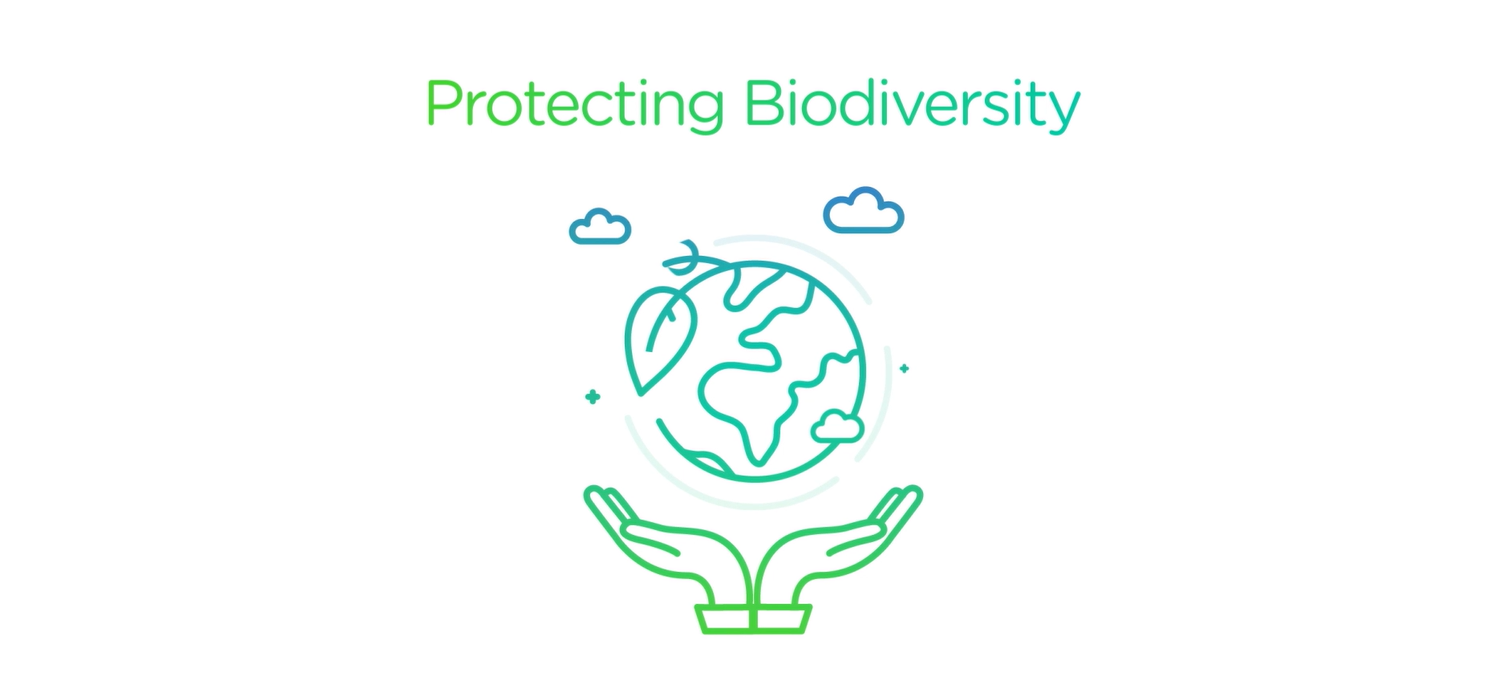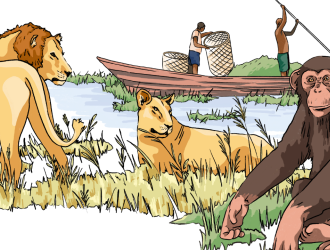Feature
Preserving Biodiversity: A Major Challenge for TotalEnergies
Preserving Biodiversity: A Major Challenge for TotalEnergies
TotalEnergies places environmental performance at the heart of its projects and operations and pays particular attention to the use of the planet's resources.
Acting for biodiversity at all our sites is a major focus for the Company and is the subject of a concrete ambition and objectives. TotalEnergies' approach is to reconcile the development of energy resources with the protection of biodiversity to build a sustainable future.
As part of our Sustainab’ALL program, we have decided to go further: our commitment to deploy a biodiversity action plan now concerns all our operated sites.
The Company applies the Avoidance, Reduction/Restoration and Compensation approach to all our operations and projects. It conducts an environmental impact assessment for all our projects, including renewable energy projects, in all countries where we operate.
Our ambition for biodiversity is based on four axes:
- respect for our voluntary exclusion zones;
- biodiversity management in our new projects;
- biodiversity management on our existing sites;
- promotion of biodiversity.











